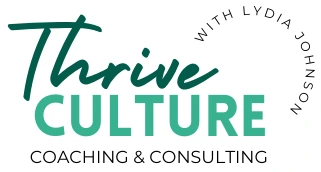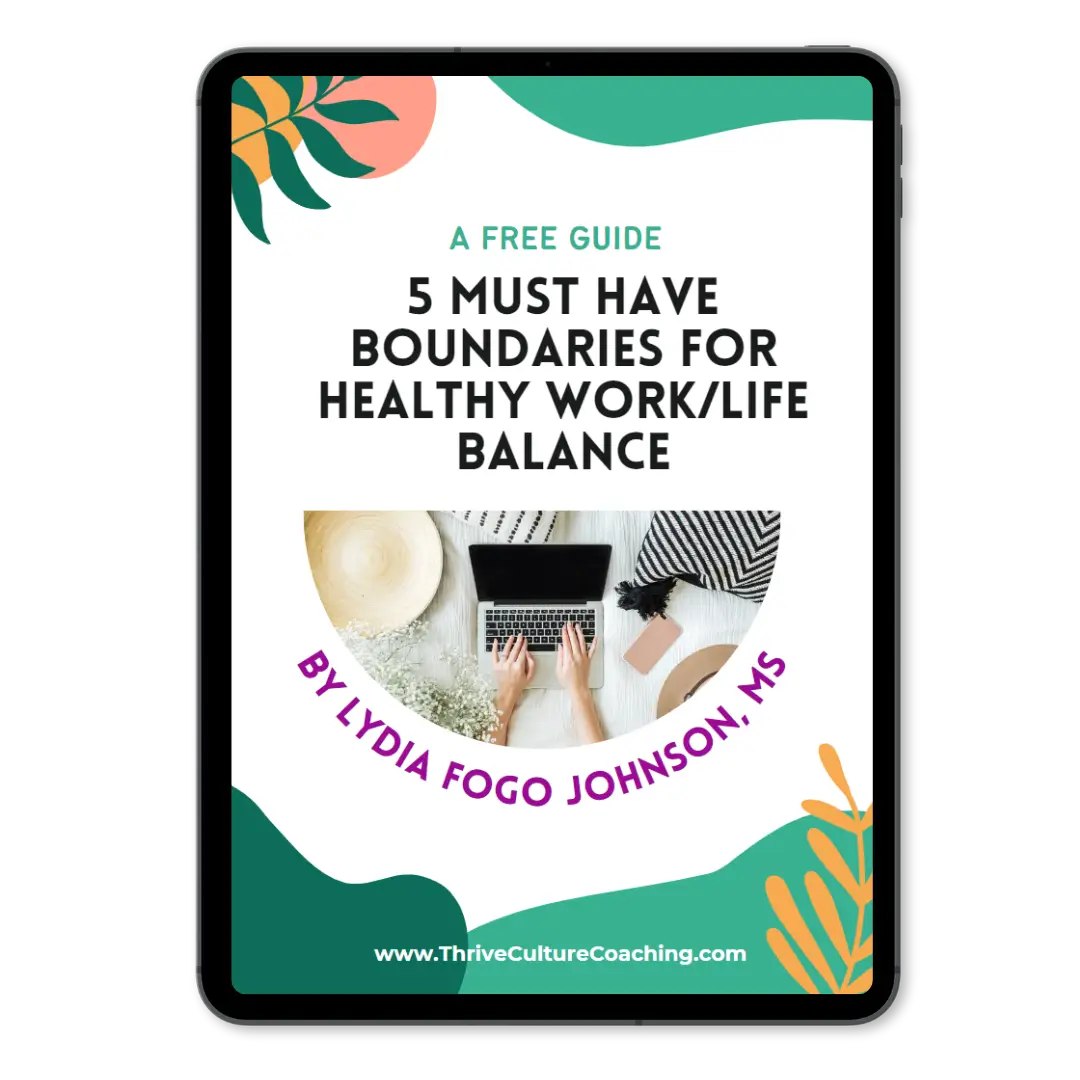I recently fell for the very targeted, slightly insulting marketing of “Mom Water,” which is essentially the low-calorie Lacroix of alcoholic beverages… I was not a fan of the (lack of) flavor.
I was a fan of the way I didn’t even want to drink alcohol if that was my only option.
This is one of the secrets to breaking a bad habit: Make it unsatisfying.
Two weeks ago, I dove into the anatomy of your unconscious habits.
Today, I’m diving into the laws of creating good habits and breaking bad habits, with plenty of real-life work and stress-related examples. These laws are drawn from James Clear’s book Atomic Habits.
Wait, why do I need this, and what does this have to do with my career??
Research shows most of your daily behaviors are done on autopilot, which means you aren’t really the one behind the steering wheel of your own life. If you’re currently in high-stress, burnout, or unfulfillment mode, this should make you go… EEEK, because chances you’re unconsciously exacerbating the issue. Let’s break those stress-inducing habits and start some new resilience-building ones, shall we?
The Laws of Habit Change
Clear provides a law of habit change for each of the four pieces of habits (cue, craving, response, reward).
Law One: Make the cue obvious (or invisible for a bad habit)
If you’re trying to start a good habit, the best option is to make the cue that triggers your habit response extremely obvious. The opposite is true if you’re trying to break a habit; make the cue invisible. Out of sight, out of mind, right?
Example: Trying to work out more often? Put your workout gear somewhere in the middle of things (e.g., next to the front door) instead of neatly tucked away.
Example: Want to stop checking your work email on the weekend? Try turning off all notifications, deleting your email app, or shuffling your app layout so it isn’t front and center anymore.
Law Two: Make it attractive (or unattractive for a bad habit)
Our brains naturally crave nice, pleasant things and attempt to avoid unpleasant things. Clear’s second law uses this to our advantage. This is something marketing already does: The best way to make a song go viral? Sandwich it between two other already well-loved songs.
If you’re trying to start a good habit, consider “temptation bundling,” where you insert your new habit into something else you already enjoy or have to do.
For example, maybe you’re trying to work out more but hate running. Well, what if you don’t run? What if you find a more pleasant workout activity that you enjoy? (For me, that’s yoga, dance, or roller skating). OR, you could integrate running into something else you like… for example, what if your pleasant morning walk included a brief 5-minute jog?
If you’re trying to break a bad habit, increase the unpleasant and unattractive attributes. For example, if you find yourself staying later at work than you intend to regularly, stew on the negative consequences of that action: Your missed yoga class, the shorter time with your family, missed time with your loved ones, etc.
Law Three: Make the habit easy (or hard for a bad habit)
Human laziness is literally an evolutionary coping mechanism. Think of your behavior like water– you’ll always crave the path of least resistance.
This means the best way to make yourself do something is to make it easy, and the best way to stop doing things is to make it hard.
Let’s say you’d like to get better at declining optional projects/tasks when overwhelmed. Make a few simple scripts you could pull from or templated email responses, making no the easiest answer.
Want to stop stress-eating unhealthy snacks? What if you stored them in that annoyingly high, hard-to-reach pantry shelf?
One of my favorite tips is using technology and systemizing/scheduling to your advantage to make the right choice the easiest.
Want to go on a weekly date night with your spouse? Ask a sitter to come every Wednesday at 6 p.m. unless you say otherwise. Tada, it’s already done!
Want to stop accepting meetings after your work hours? Set a recurring out-of-office and let your calendar decline it for you. Bam.
Law Four: Make the outcome satisfying (or unsatisfying for a bad habit)
Humans are exceptionally easily trained by rewards. Think of how well gamification motivates you (e.g., don’t lose that Duolingo streak!!) or how quickly you buckle up to avoid the annoying bing of your car. Here’s how to use that to your advantage.
Make it a game: Keep track of every time you do your good habits. For example, let’s say you’d like to stop volunteering for extra work during meetings. Keep track of every meeting you don’t volunteer and give yourself a little dopamine bump with a mark on a habit tracker or one of your toddler’s stickers. You can even give yourself a prize when you collect enough marks… like that afternoon cookie you always crave.
If you’re trying to avoid a bad habit, create an immediate punishment. Text your BFF a shameful “Ops, I did it again” whenever you volunteer for more work. Book an after-work fitness class you’ll lose money on if you don’t attend because you stayed late again. Use a website like this that charges you money if you don’t keep your promises to yourself. Only buy incredibly boring booze; suddenly, you won’t drink nearly as much!
Want to read more? Check out Clear’s blog post, where he deep dives into this topic here.
Apply it IRL: Your Homework
Step One: List two small, specific habits you’d like to start or stop.
Step Two: List out the anatomy of each habit (e.g., cue, habit, reward)
Step Three: Swap out each component of your habit with the laws above to help you break your bad ones and start new good ones.
Step Four: List two challenges that might keep you from making your new habits and make an If/Then plan to overcome these challenges.
Step Five: Enlist an accountability buddy! Not looking silly in front of others is a compelling reward! If you’d like, you can reply to this email or comment on your goals below, and I’ll be your accountability buddy.
Ready… set… get to work!
Hey, I’m Lydia Johnson, MS. I’m a dual-certified holistic career coach focused on helping ultra-busy professionals design fulfilling, burnout-free lives. My ultimate goal? Help you create a career that lets you thrive from 9-5 so that you can go home with ample time and energy for what really matters. After all… you’re so much than just your job, so it shouldn’t take over your whole life. Check out my website to learn more about me and my approaches.




Share